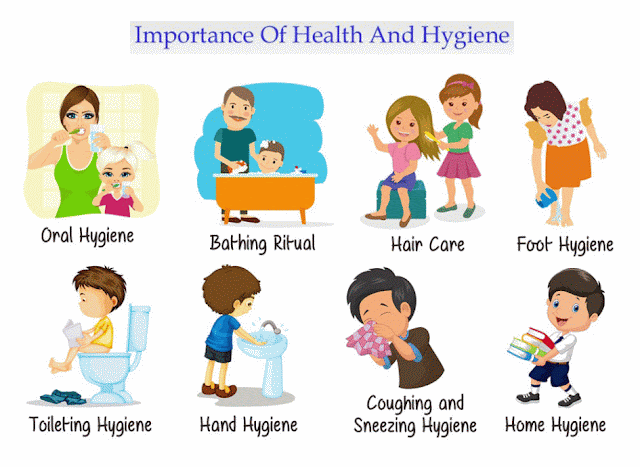Dengue Fever
it is a infectious disease, arboviral disease, caused by dengue virus, transmitted by person to person by bite of infective, female, aedes mosquito.


clinically it is characteristic by high fever , headache, body ache, severe joint and muscular pains. usually it is not fatal, but under certain circumstances it can cause severe hemorrhage and profound shock, which may become fetal. it is self limiting disease. next to malaria. dengue is now the most common cause of fever in India.
Causative agent
the dengue virus, a member of flavivirus group. the virus is easily destroyed by heat and chemicals. But it survives for several years at - 70°C.
Reservoir: only case is chief reservoir. no carrier state exists.
Age incidence: Dengue fever is common in young children and adults .but children have a milder disease than adults.
Sex incidence: it is more men than among women may be because men are more exposed and woman are better clothed.
Mode of transmission: is by the bite of infective, female, aedes mosquito.
Incubation period : varies 5 to 10 days.
Clinical features of dengue fever
High fever: sudden in onset, high, continuous, associated with severe prodromal symptoms, lasts for 1 weeks.
- internal bleeding, which can lead to black vomit and feces, or stools
- a lower number of platelets in the blood
- sensitive stomach
- small blood spots under the skin
- weak pulse
- damage to lymph and blood vessels
- clammy skin
- bleeding from the mouth, gums, or nose
Dengue shock syndrome
DSS is a severe form of dengue. It can be fatal.
symptoms of mild dengue fever, the person may experience
- intense stomach pain
- disorientation
- sudden hypo tension, or a fast drop in blood pressure.
- heavy bleeding
- blood vessels leaking fluid
- Without treatment, this can result in death Hemorrhage phenomenon: usually spontaneous. any of the following hemorrhagic manifestation may be present such as fine patchie on the extremities, axialle, face during the early febrile phase, epistaxis, gingival bleeding, homeostasis or malena.
Hepatomegaly: but not associated with jaundice.
circulatory failure: characterized by profound sweating, hypothermia, low blood pressure, narrowing of pulse- pressure, increased pulse rate, rapid and weak pulse, cold clammy skin, restlessness.
Investigation
Platelet count is < 1,00,000 cells/mm 3
Hematocrit value is increased by 20 percent or more.
Prevention and control of dengue fever
Clothing: Reduce the amount of skin exposed by wearing long pants, long-sleeved shirts, and socks, tucking pant legs into shoes or socks, and wearing a hat.
Mosquito repellents: Use a repellent with at least 10 percent concentration of diethyltoluamide (DEET), or a higher concentration for longer lengths of exposure. Avoid using DEET on young children.
Mosquito traps and nets: Nets treated with insecticide are more effective, otherwise the mosquito can bite through the net if the person is standing next to it. The insecticide will kill mosquitoes and other insects, and it will repel insects from entering the room.
Door and window screens: Structural barriers, such as screens or netting, can keep mosquito out.
Avoid scents: Heavily scented soaps and perfumes may attract mosquito's.
Camping gear: Treat clothes, shoes, and camping gear with permethrin, or purchase clothes that have been pretreated.
Timing: Try to avoid being outside at dawn, dusk, and early evening.
Stagnant water: The Aedes mosquito breeds in clean, stagnant water. Checking for and removing stagnant water can help reduce the risk.

To reduce the risk of mosquitoes breeding in stagnant water:
- turn buckets and watering cans over and store them under shelter so that water cannot accumulate
- remove excess water from plant pot plates
- scrub containers to remove mosquito eggs
- loosen soil from potted plants, to prevent puddles forming on the surface
- make sure scupper drains are not blocked and do not place potted plants and other objects over them
- use non-perforated gully traps, install anti-mosquito valves, and cover any traps that are rarely used
- do not place receptacles under an air-conditioning unit
- change the water in flower vases every second day and scrub and rinse the inside of the vase
- prevent leaves from blocking anything that may result in the accumulation of puddles or stagnant water
When camping or picnicking, choose an area that is away from still water.






























